I feel like I should be celebrating that I had 100 tips to share.
I plan on adding a tab to my blog to include all of my usual weekly banter by topics where all you have to do is click on the top tab that states...Crafting Tips of the Week, etc...and just scroll through all the tips at a glance BUT, I have not gotten to that yet.
Anyway, enough about that...this week's tip is about COLOR.
I have always secretly thought myself to be an interior designer just waiting to burst out so it should come as no surprise that I found a way to figure out color stories by using the same principles designers do.
So in my tip I will share an overview of what each color segment is explaining how they correlate. Maybe this info can help you next time you find your in a state of color confusion.
Color Wheels can be your crafting friend. So, if you can find one somewhere pick one up-that's my first tip. I believe you can get them at Lowe's or Home Depot for free just ask the paint dept. representative. You can find one online too.

Color has the ability to influence our mood and evoke emotions so it is helpful to understand how to use it in our projects.
MONOCHROMATIC COLOR: This is a sophisticated & soothing scheme which lends itself to a modern feel. It uses tints and shades of ONE color, staying within the same column on the color wheel. So a monochromatic scheme for turquoise might feature a range of tones from toned-down teal to a steel gray.
COMPLEMENTARY COLOR: This scheme is all about opposites attract which pairs 2 colors that are opposite each other on the color wheel. These colors complement each other, adding interest and energy to your project. By looking at the color wheel you can see the complement of each color across from one another on the wheel.
SPLIT COMPLEMENTARY: This scheme is harmonious and interesting. It will give your project just enough contrast. To find a split complementary color you would look to the left or right of the chosen color, across the color wheel to find its' complementary color.
ANALOGOUS COLOR: This scheme resides right next to each other on the color wheel. For example, a turquoise analogous color scheme includes blue and green. Since they share a common component, these hues always look good together.
That is it for my color story today.
I hope you find this information insightful.
Happy Crafting!

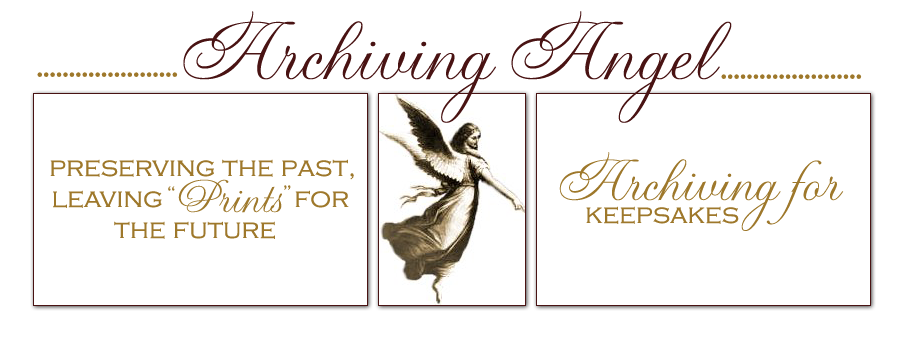

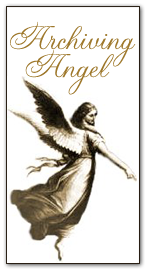





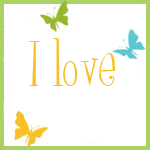



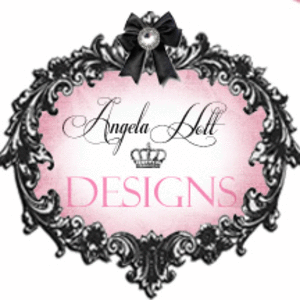

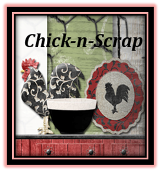










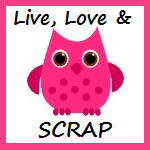





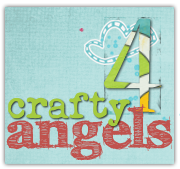
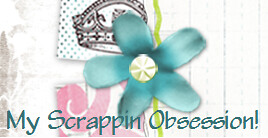







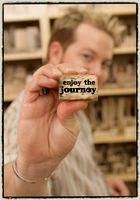
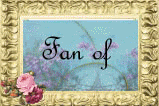





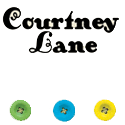










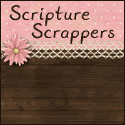












Hi Sonia,
ReplyDeleteGreat tip, thank you for sharing.
Judie
Thanks for this information. I think I may have to print it out to keep it close at hand. I just keep putting cs together until I find a combo I like, but if I knew what I wanted, I could save a lot of time. Since I tend to spend hours sorting through images and papers to make a card (just kidding,a little) maybe I can get several done in the same amount of time!
ReplyDeleteCongrats on 100 tips! I love playing with different color combinations! ~ Blessings
ReplyDeletehttp://gracescraps.blogspot.com/
Great color tips! A color combo can really make or break a card.
ReplyDelete